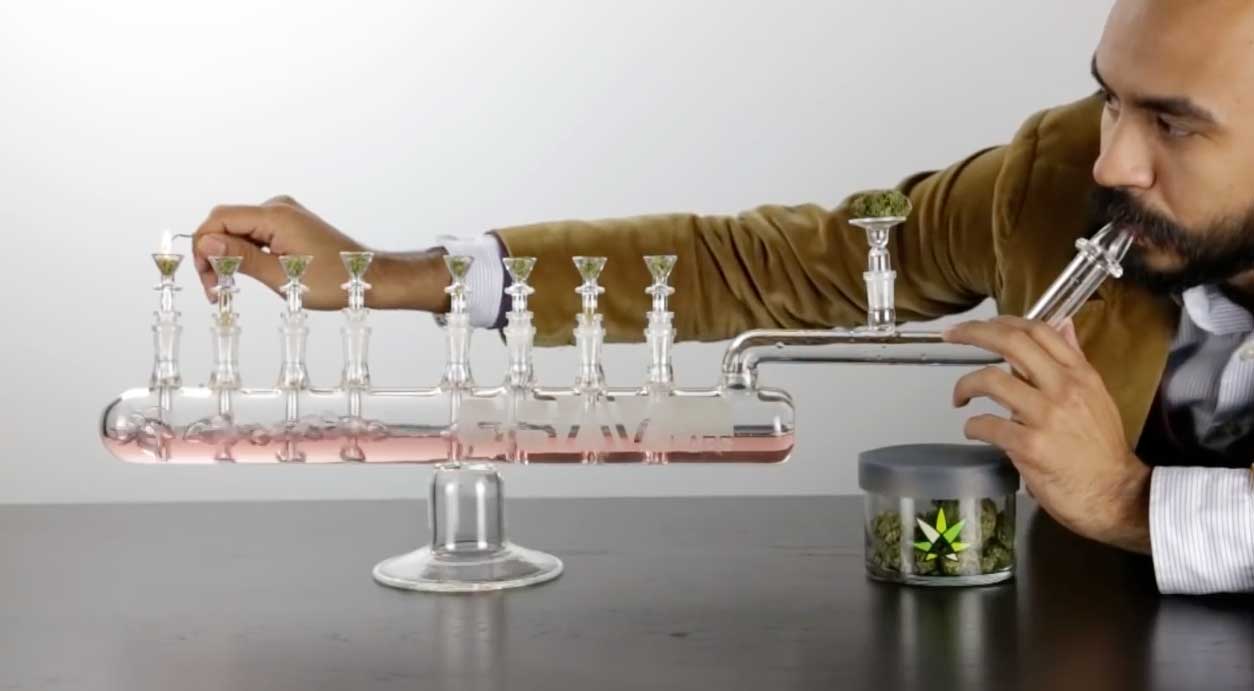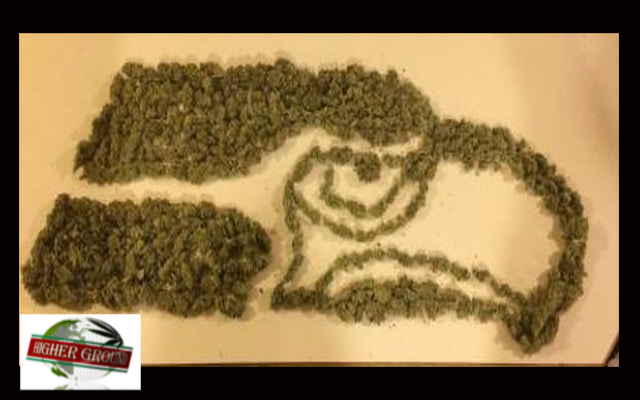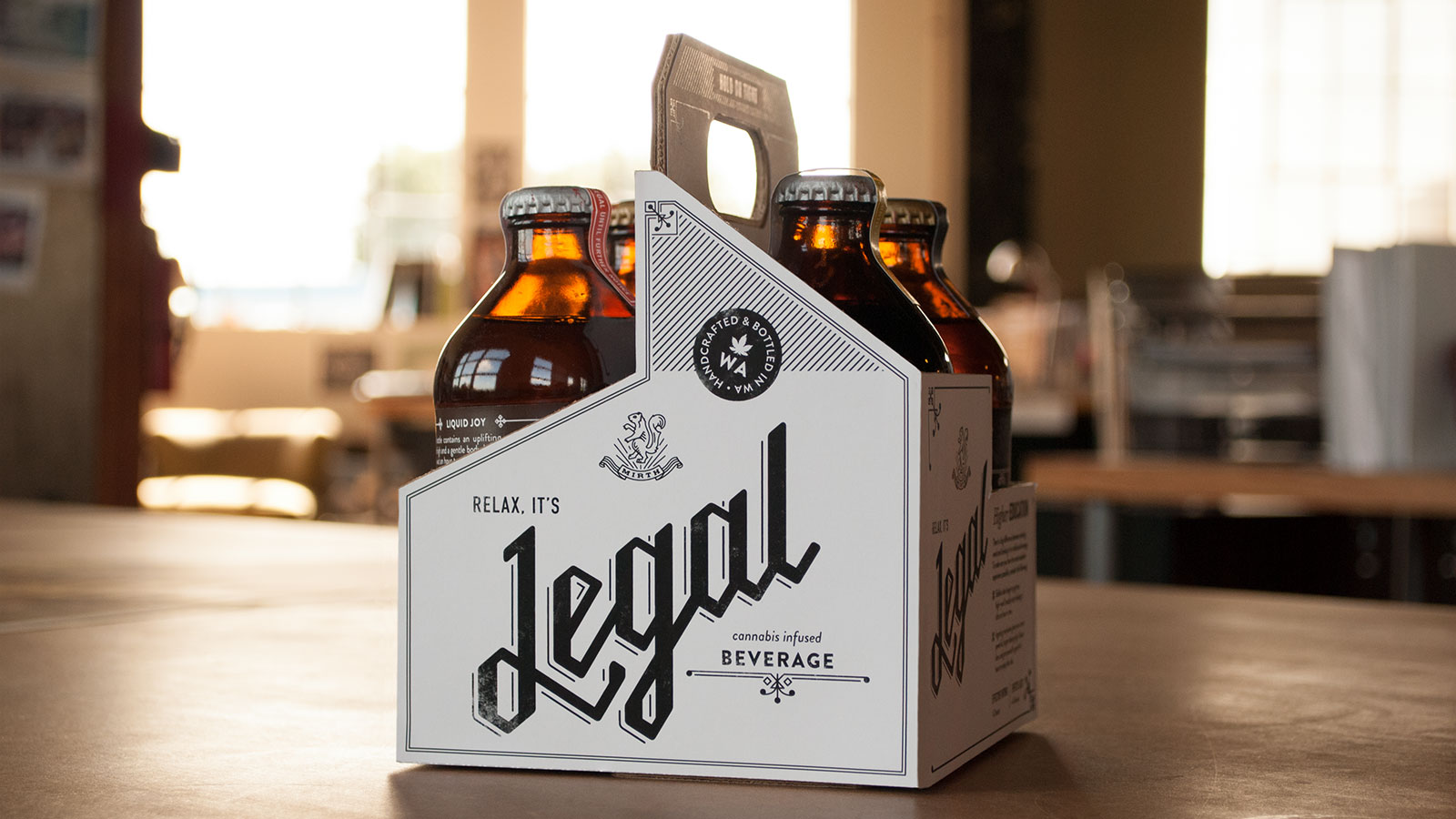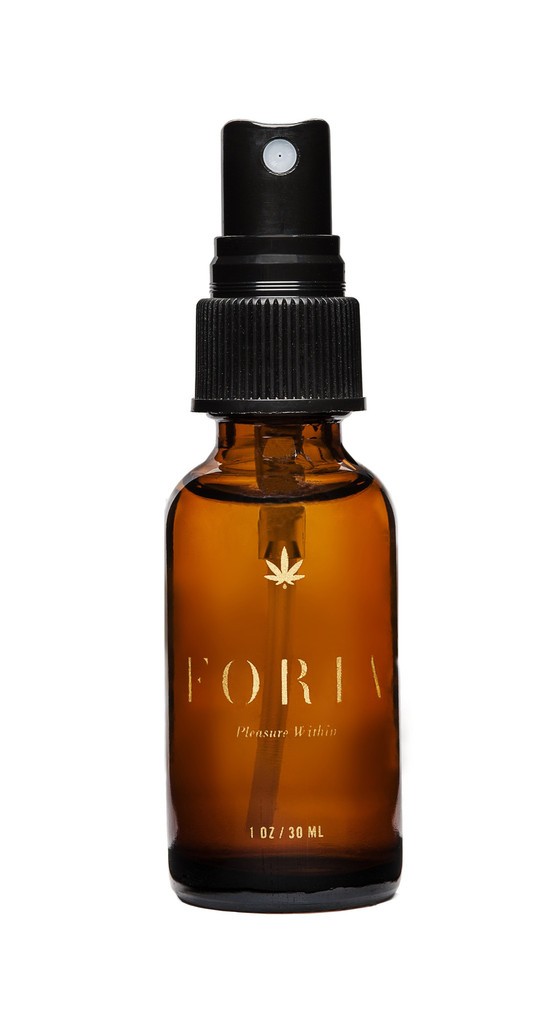About 20 years ago there was a rumor going around that legendary rock poet Bob Dylan had custom-made packs of cannabis cigarettes delivered to him at shows all along the road. Now I have no idea if that’s true, but I always thought if I ever got famous, the first thing I’d do was get ahold of whoever was hand-rolling Bob Dylan’s boutique joint packs and have ‘em start delivering them to me. Well guess what? I may not be famous, but the legal cannabis biz is booming, and dozens of companies are now rolling top-shelf packs of laughing grass!
Historically, pre-rolled joints have gotten a bad rap because they’ve often been made with leftover shake and seed-laden dregs full of stems and seeds and nasty schwag. No more! Today, good ganjapreneurs understand if they fail on flavor or quality, they’ll lose customers quickly. The best legal joints are now full of top-shelf flower. Many also have outstanding packaging—as cannabis connoisseurs who pay a premium prefer pretty presentation over plastic doob-tubes or crappy sleeves. So we’ve sought out the very best of both the bud and the branding. Here’s The High End!
Saints SGB (Seattle Green Bud)
The artisans at SGB get it. In addition to gorgeous packaging and all-organic first-rate flower, they keep things interesting by constantly changing up their Saints branded offerings: Sold as singles or five-packs, their hand-selected pre-rolls come in a variety of indicas, sativas and hybrids. My favorite is the Artist’s Series Pack, a five joint multi-strain sampler collection, each one specifically labeled (with strain names, THC/CBD levels) in the event you find a favorite for the future. The boxes were designed by Jeremy Fish, famous for his work with Upper Playground. Doesn’t hurt that their well-built boxes are printed on hemp and proceeds for their Limited Edition Pride Packs go to Equal Rights Washington.

Fortune pre-rolled cannabis joints come in whimsical five-packs (including one wrapped in pure gold leaf and in an elegant glass tube) with a golden font adorning the box that clearly hints of the carnival fortune teller vibe you’ll be experiencing. There’s also a groovy sticker and tarot-inspired keep-forever card in the box to elevate the experience. According to their website, the Oregon-based pre-rolls are “carefully crafted with a touch of mystical alchemy to guarantee an extraordinary smoking experience.” Smoke too many of these babies, and there’s no doubt you’ll be seeing cloudy visions. “The future’s so bright, ya gotta wear shades.”

The Leira CannaGar are small-batch, hand-rolled cannabis cigars encased in elongated glass tubes and sealed with a purple wax seal to remind consumers of elegance, power and wealth. The price ($420) will also remind you. The good news is that once you fire one up, you’ll need some leisure time to get through it as estimated burn time is four hours. The 6″ Corona is packed full of 12 ounces of primo bud, then covered in three grams of rosin oil, then wrapped in at least two layers of stunning pure cannabis leaves, then cured. When someone says, “It’s how we roll…,” they should be talking about one of these.

Packed in elaborate aluminum gold tins, the packaging for Sitka Spliffs is reminiscent of old-school boxes from the early 1950s cigarette era. Along with filtered tips and white-paper wrap, the Mad Men design and branding is top notch. Sitka spliffs are all natural, additive-free and unbleached. Best of all, when you’ve run out of their pre-rolls, you can use the handsome tin to store your personal hand-rolled joints!
Some of the most beautiful designs in cannabis come from Bloom Farms. Their founder, Michael Ray, studied and worked in graphic design before getting into the ganja biz, and it shows. The strain-specific full-flower pre-roll cases could fit into an Art Deco coffee table book. It’s also cool that the company puts social responsibility in their mission statement, and pledges a meal for someone in need with every purchase.

A small family farm growing plants out of an old horse barn on Vashon Island in Washington State, Vashon Velvet prides itself on producing pot “like we used to smoke in college: that makes you laugh and not fall flat on your face.” Their all natural pre-rolled joints come in custom-made boxes containing five joints made from premium flower. Velvet is a women-owned canna-business: Susie Gress is the founder, her sister Kay Rice created the lovely artwork and packaging and Ivy Gress handles branding and sales. The feminine (nurturing, loving) touch shows, as happy plants make for the best buds….

Lola Lola’s tagline is Alchemy Reimagined, and it’s a pretty apt slogan. Family-owned, the San Francisco based company knocks out killer weed from their Lola Lola Farms in Mendocino County. Their Three Cone Kit includes hand-packed joints using Grade A fresh flower and comes with a lovely limited edition Lolalandia lighter. (Collect all 10!) As they say, “We believe in good vibes, smart storage and delightful design.” Roll on!

PotBox is known for their luxurious California cannabis subscription service that delivers the highest quality, most ethically grown cannabis to San Francisco doorsteps. What does “ethically grown” mean? It means using sustainable practices, recycled materials, all natural sun-grown farming, along with organic soil, nutrients and fertilizers. In addition to quarter-ounces of several carefully selected small-batch strains per month, subscribers also receive two elegant hand-rolled joints in wax-sealed glass tubes that make scarlet letters and the Maker’s Mark cork look downright out-of-fashion. Pre-rolls also come with an info sheet containing the vitals on the strains, species, genetics and farms where each plant is grown.

Like all the High End pre-rolls, Island Company uses the finest cannabis that’s hand-crafted and carefully tested. What sets them apart, aside from their surfer vibe and sunset beachy-inspired packaging, is that they offer premiums (eight king-sized filtered hemp tubes) as well as pre-roll Minis! Sometimes you don’t have the time or patience to burn one all the way down, so the Island Mini (hand-rolled in organic hemp paper and packaged in a convenient book-fold box) gives you options when time is of the essence.

Lucy’s pre-rolls are a classic smoke with a modern twist. Using all 100 percent sun-grown cannabis flower, they’re lab tested and packed to perfection. Elegant packs containing seven individual half-gram pre-rolls come in either Daydreamer packs (uplifting sativas with a floral finish) or Sweet Dreams (powerful indica-dominated blends for beddie-by). Though not hand-rolled, the makers of Lucy’s have come up with a patented, all-organic, heat-stitched rice paper combined with an extra-long crutch that’s designed to give users the ultimate, optimally cooled hit. And isn’t that the point?

NATIV produces high-quality cannabis using sustainable farming practices that’s free of pesticides and grown in fertile soil. Their pre-rolls come in three categories: Black Label (using Nativ’s Private Reserve flower and hash), Gray Label (combining both Nativ’s cannabis and hash) and their White Label (using 100 percent top-grade flower). Nativ’s serious about purity, having their joints inspected and tested for cannabinoid content, residual solvents, terpene profiles and pesticides. Go Nativ or go home….

The Illuminatus folks have created a pack of cannabis joints that look just like a box of high-end cigarettes you’d see in the import section of a smoke shop. The machine-packed smokes are slim and thin with each silver-embossed box containing five “filtered stix” made of hemp paper in a beautiful black box for indica or a rocking red one for sativa. Illuminatus stix pack a punch with more than 25 percent THC in their top-shelf proprietary ganja, with a filter that also mellows and cools heated smoke. Best of all, disguising a cannabis product as a cig not only allows you to roam freely in public and near law enforcement, it also avoids the deadly effects of cancer sticks. “Enlightened health” indeed….

The family behind Lowell Herb Co. have been in the weed biz since 1909 when William “Bull” Lowell started growing “Indian Hemp” on his coastal California farm. Lowell Herb Co. still takes their “hemp” seriously, growing weed without pesticides and using only organic fertilizer. They also pay a proper living wage to their community of family farmers and use natural materials from seed to sale. Packs of premium Lowell Smokes have 10 joints full of all organic flower and pack a punch at between 22 and 25 percent THC content. The smokes are top-o-the-line, and their politics and practices even better.

Chief pre-rolls come in playful packs of seven totaling 1/8th of ganja, and the three-inch cone-tipped joints come in indica, sativa and hybrid strain packs. It’s also nice that each Chief package is labeled with the specific strain and THC percentage, giving buyers information to customize their high. The folks who make Chief also produce Canna Sierra, creating joint packs with a slightly lower THC level. Inspired by wild and beautiful places (and including names like Mt. Whitney, Swell and Grizzly), the folks at Canna Sierra emphasize a “get out, stay out” mentality trying to inspire folks to head to the great outdoors with friends and family. And get baked in nature, naturally….

Keep it simple with Valhalla. In addition to the lovely lettering and colorful blue six-pack, the Valhalla Matchstix box comes with… matches! Come on! An all-in-one solution? That’s ingenious! And you know you lost your lighter somewhere….

Michael A. Stusser is a documentary film-maker and host of Higher Ground TV.













